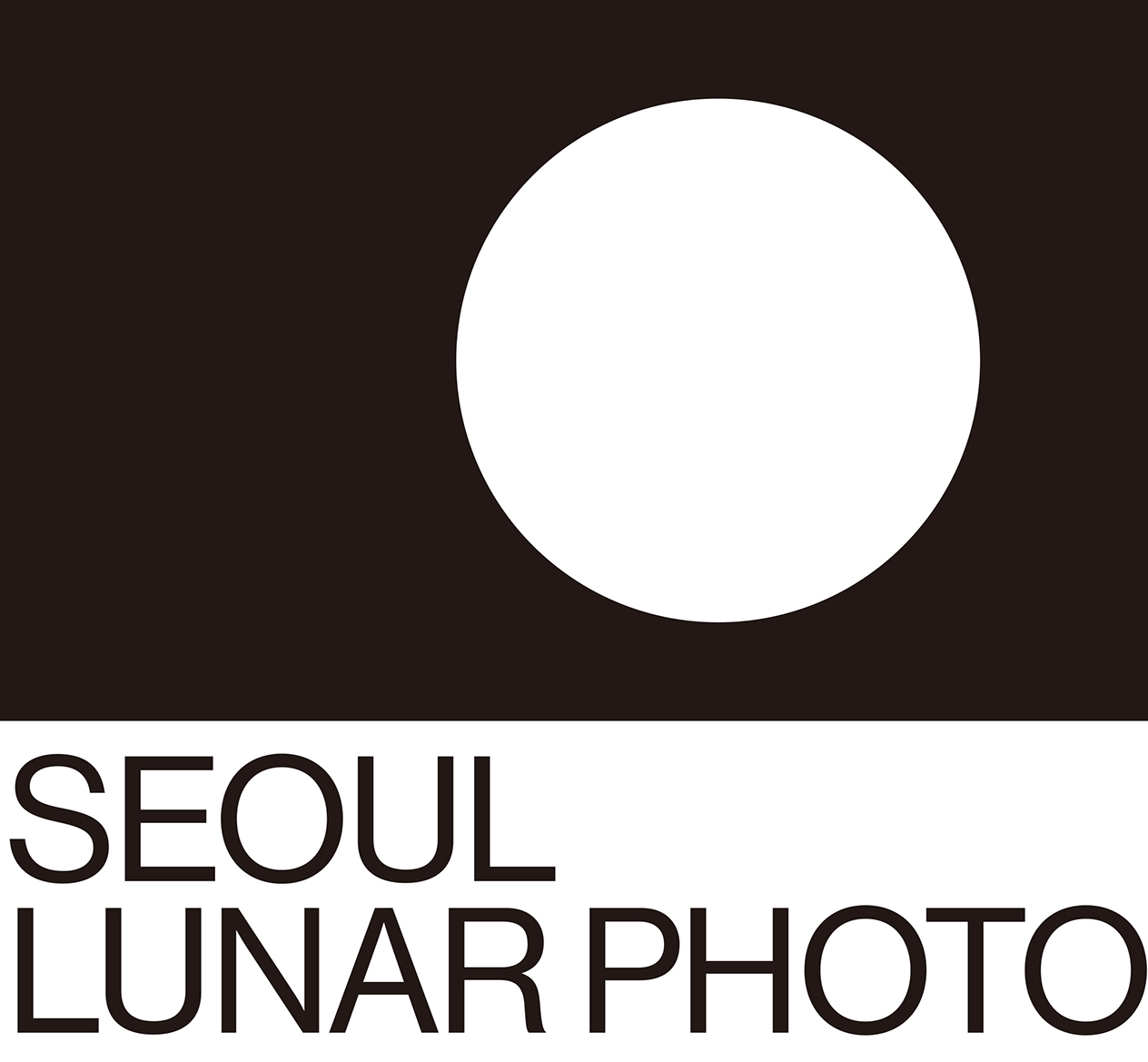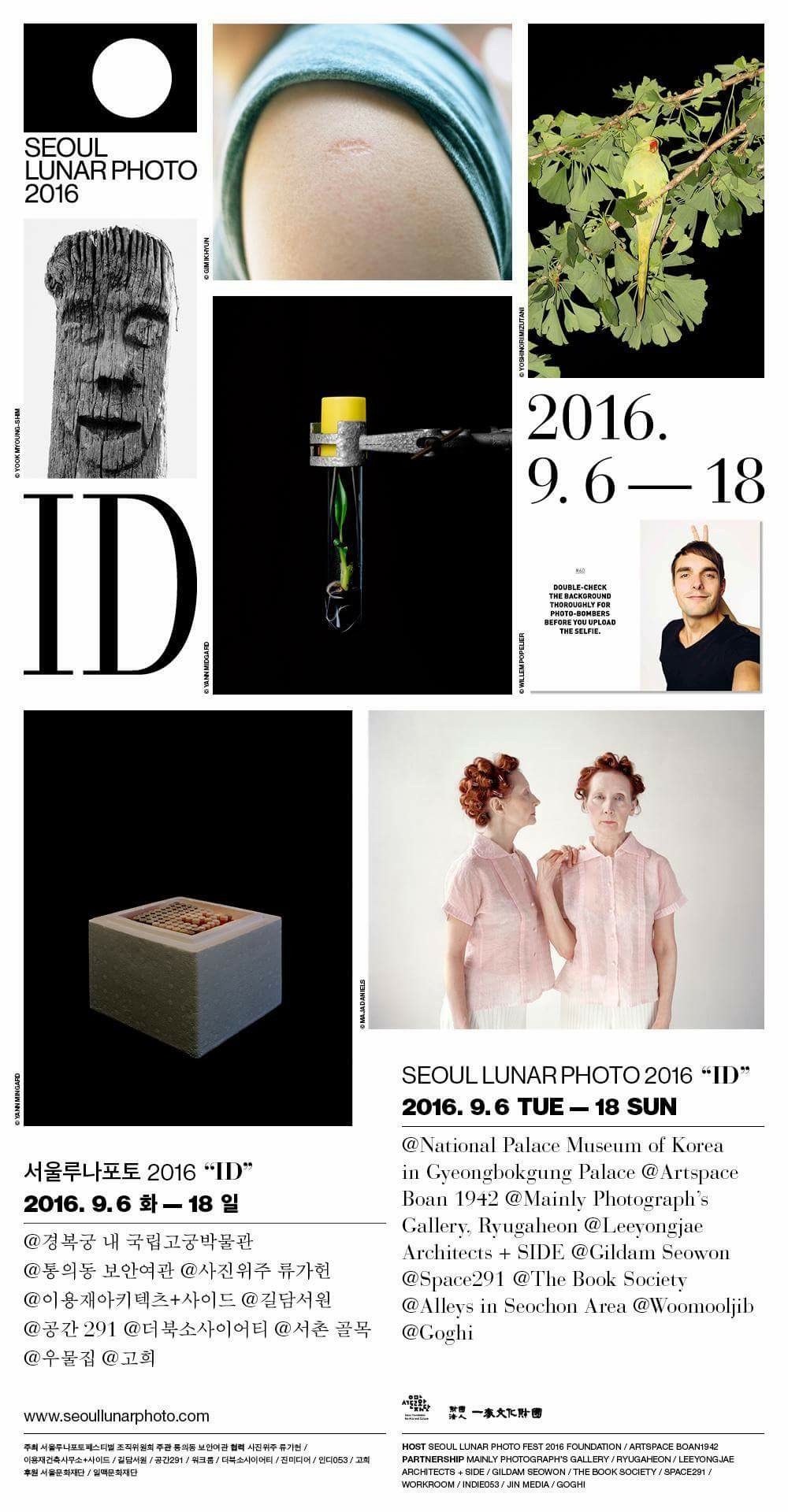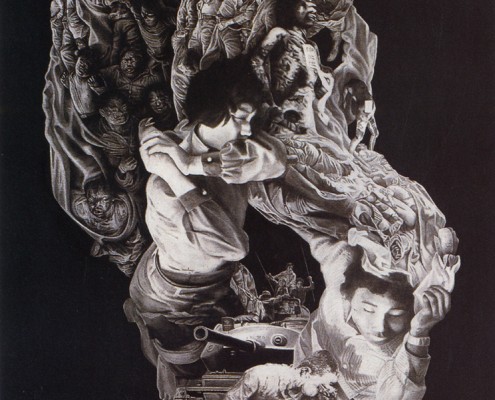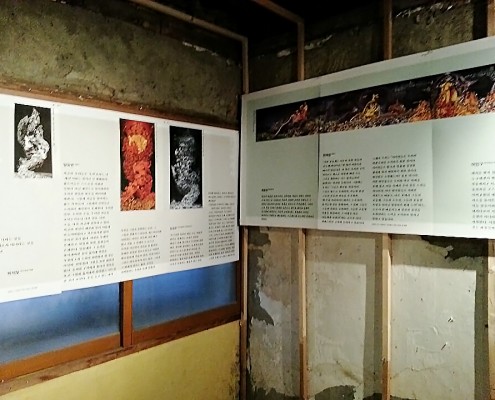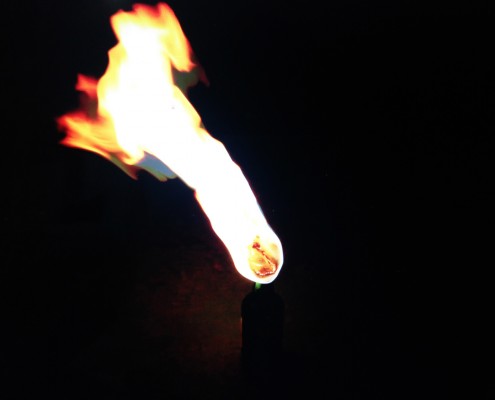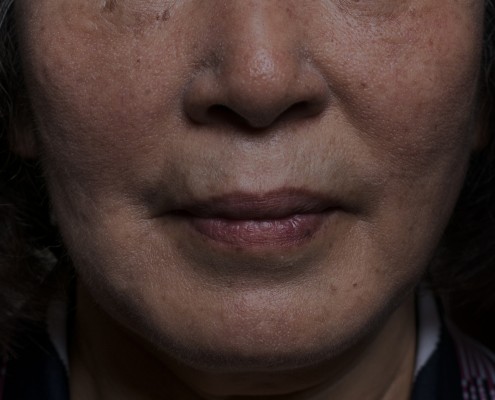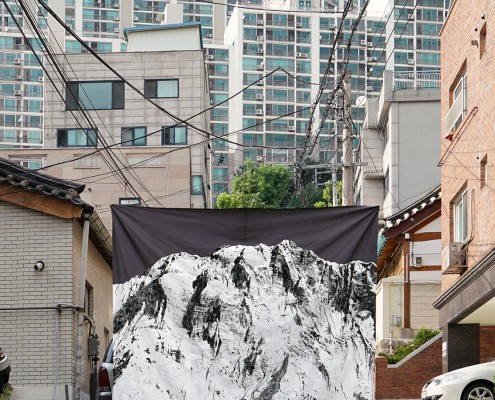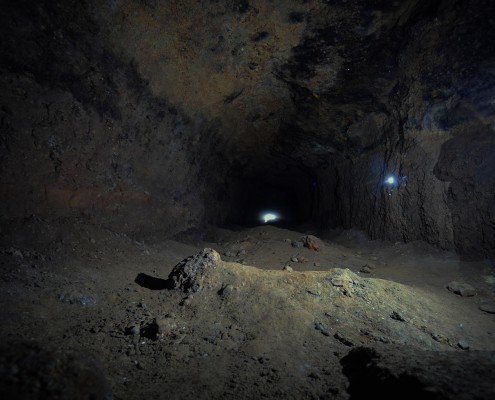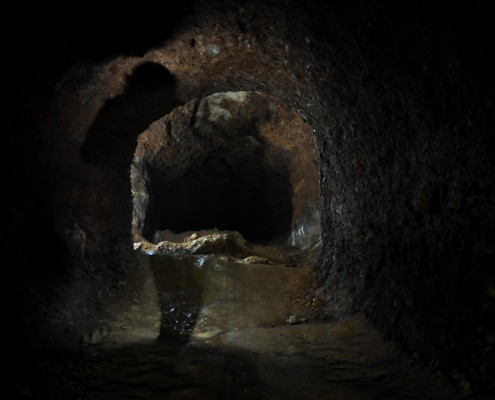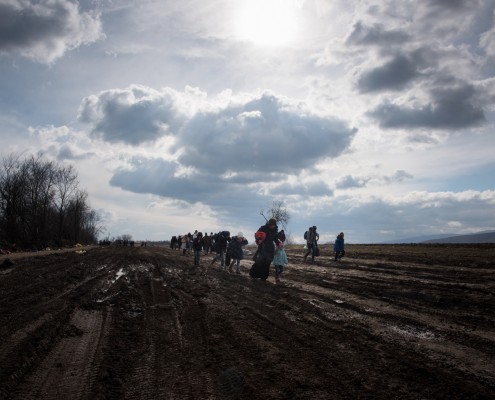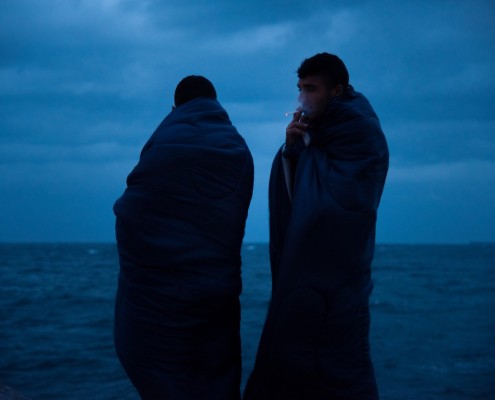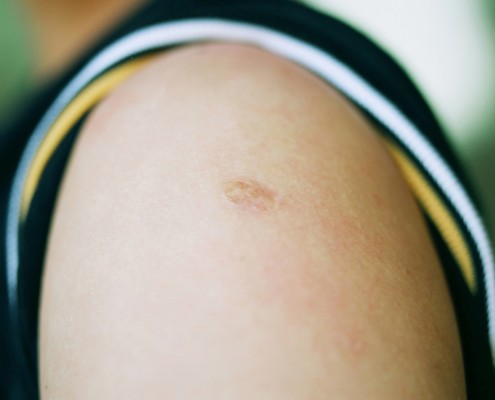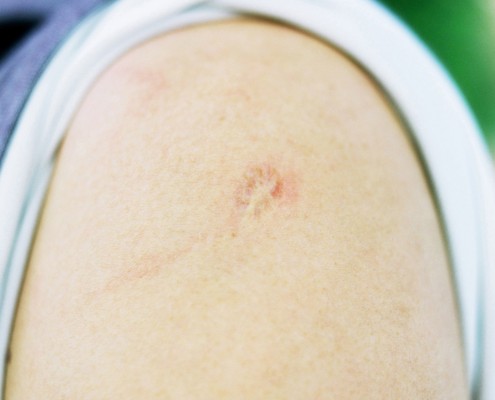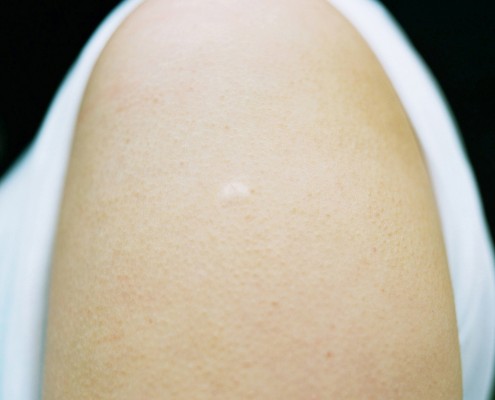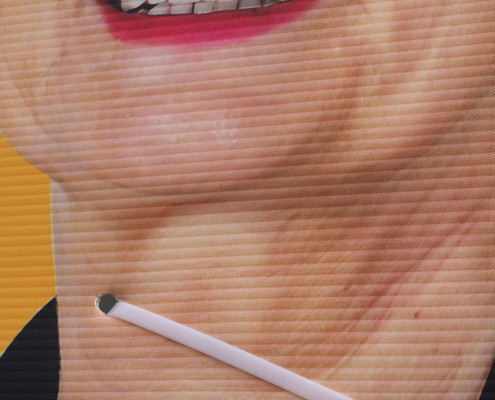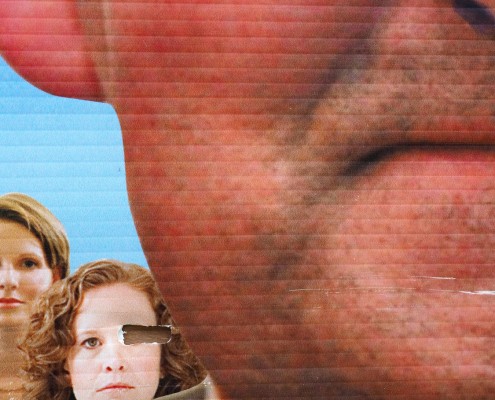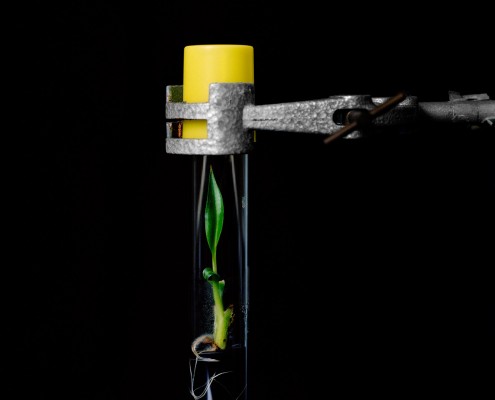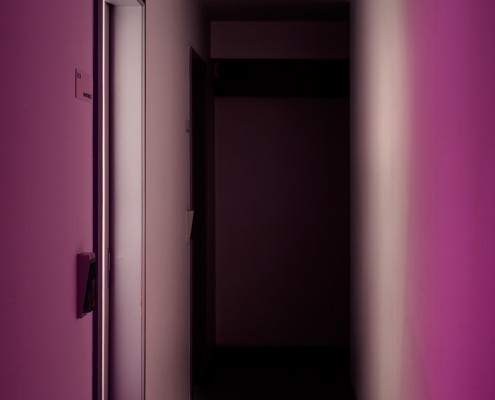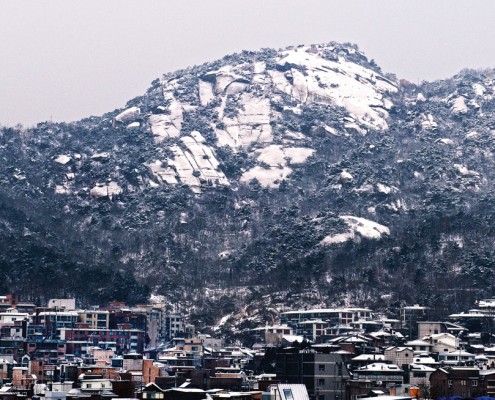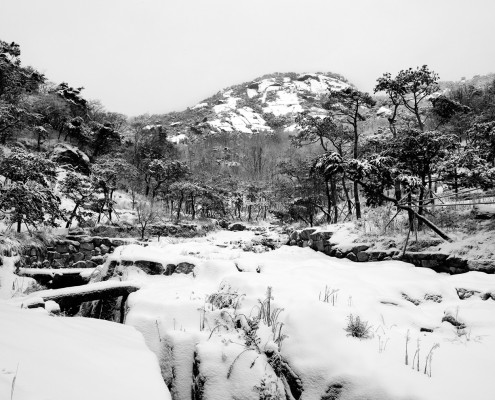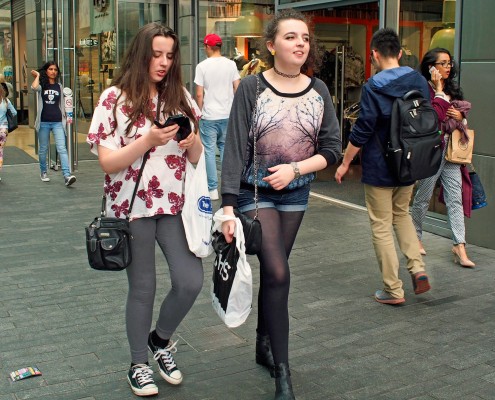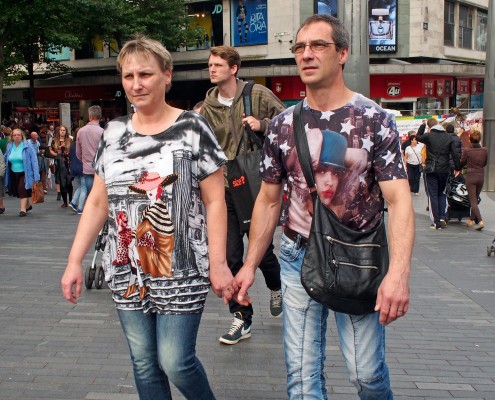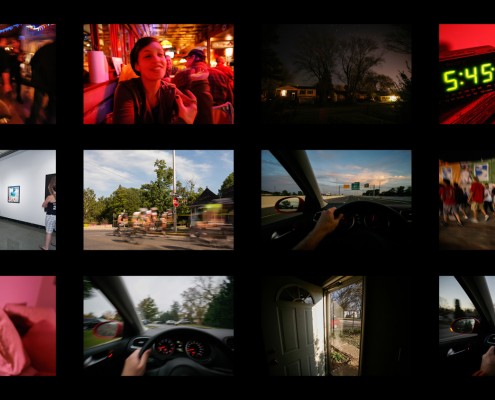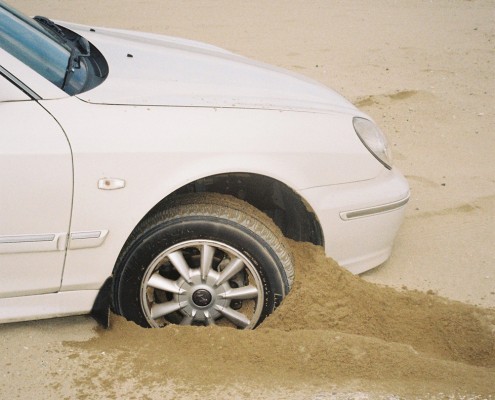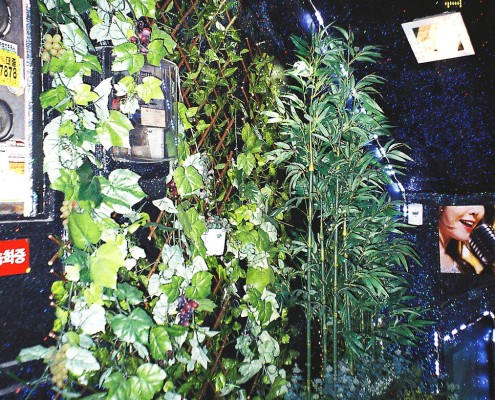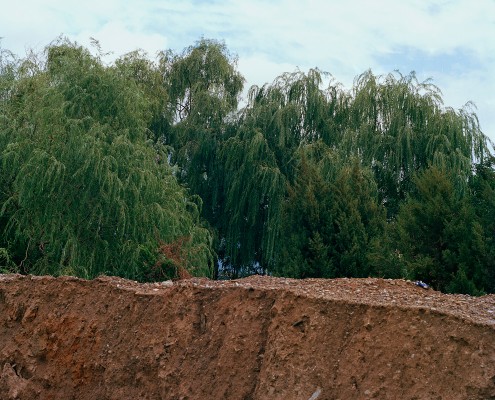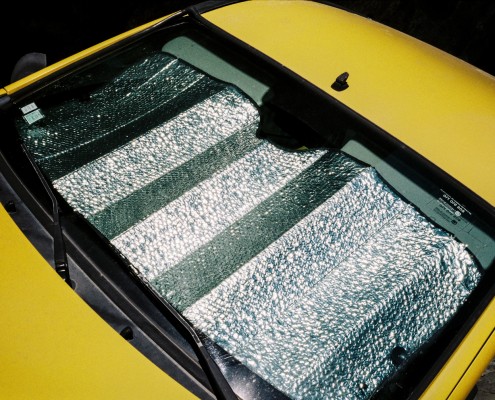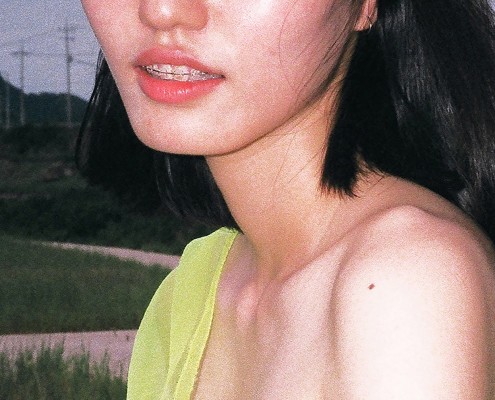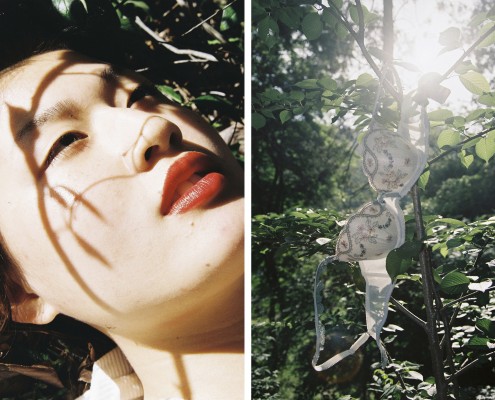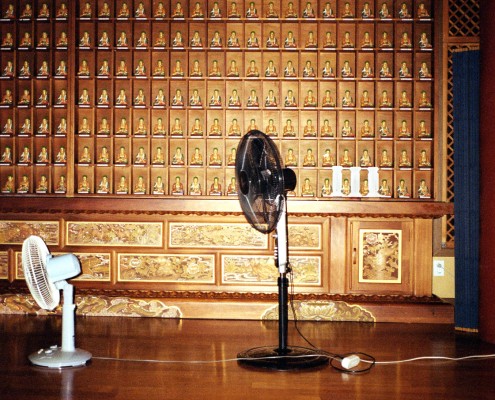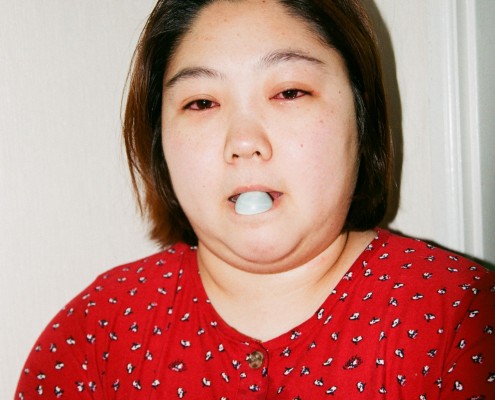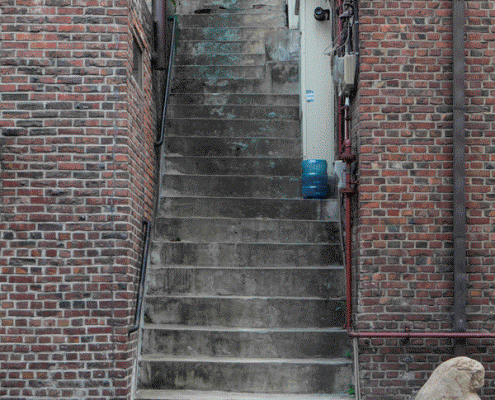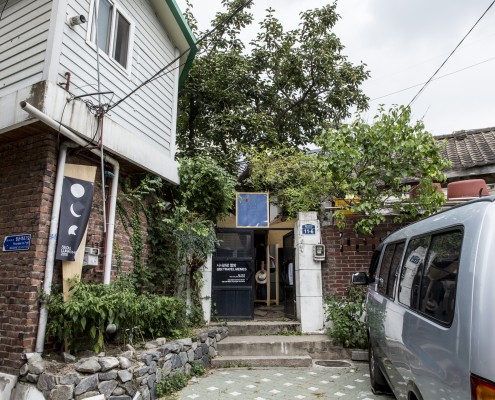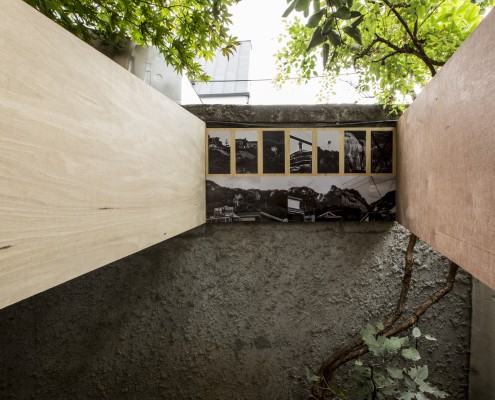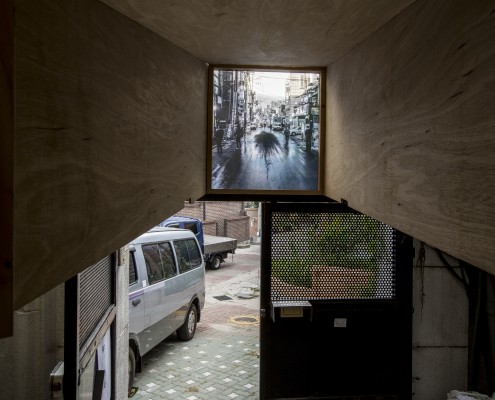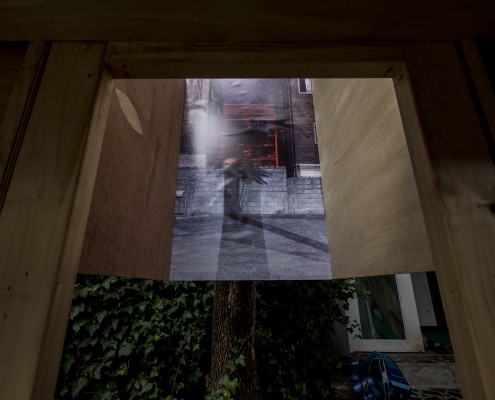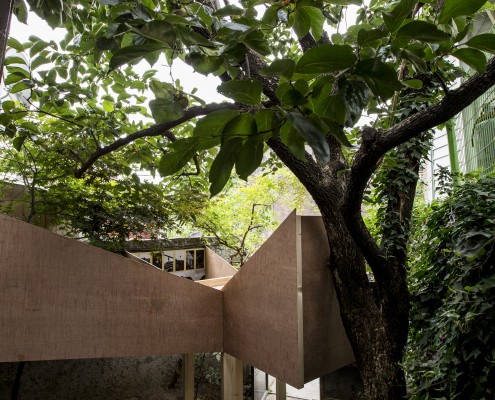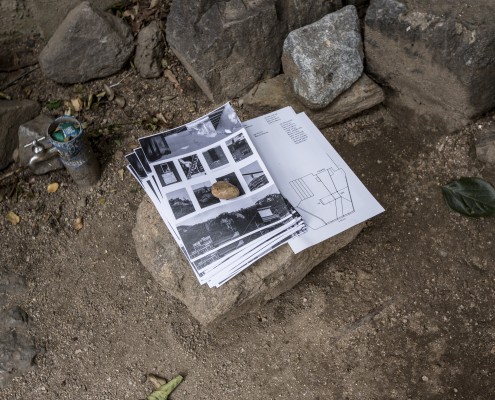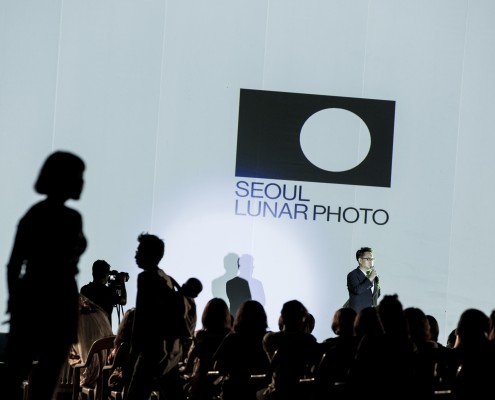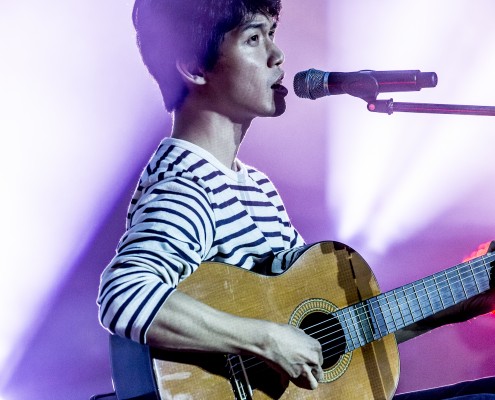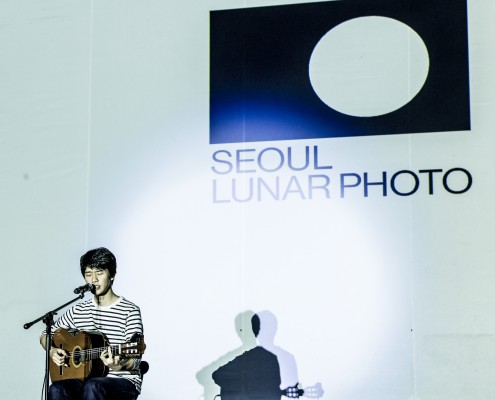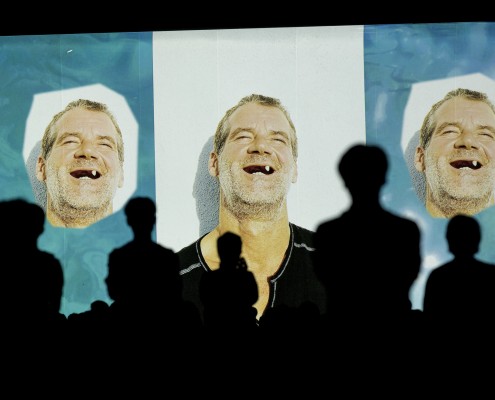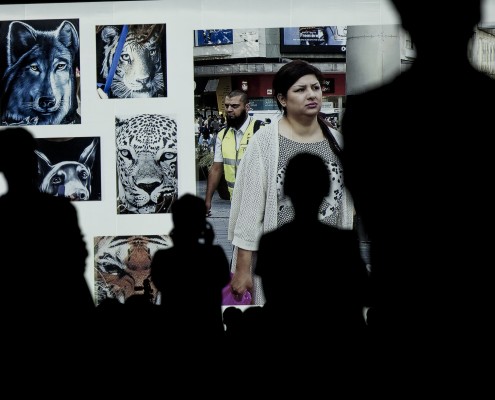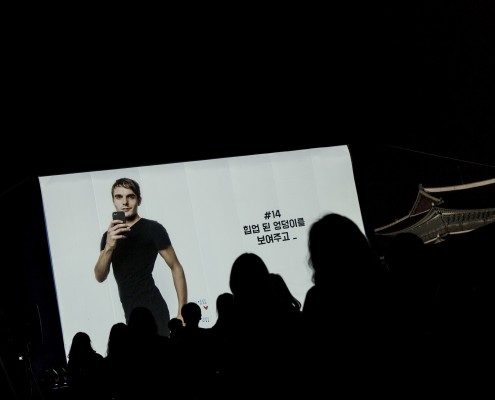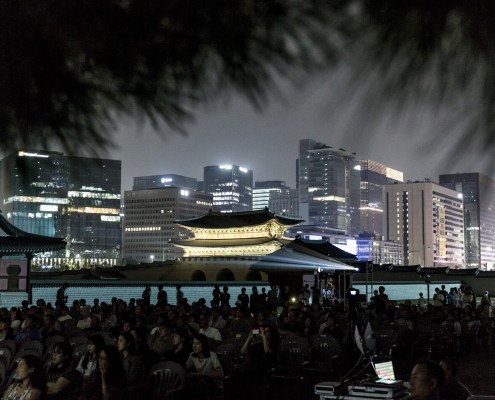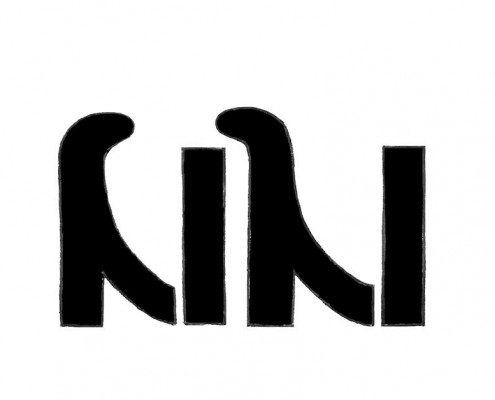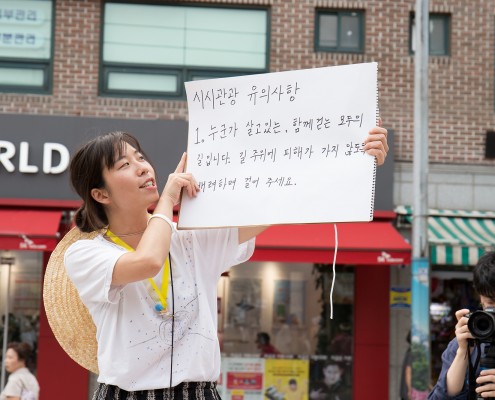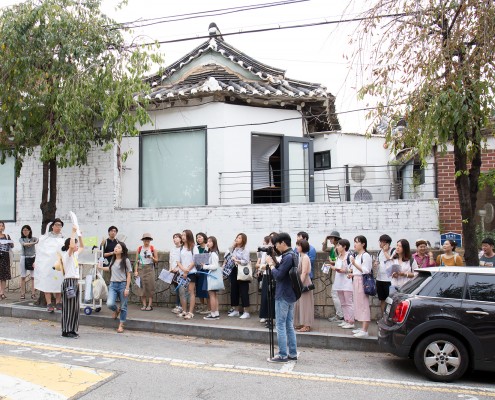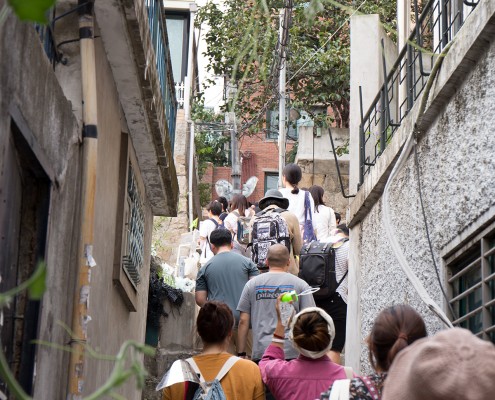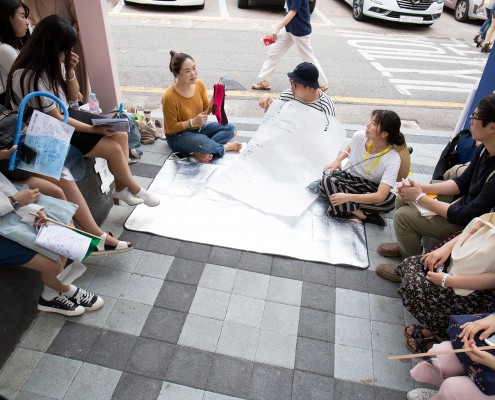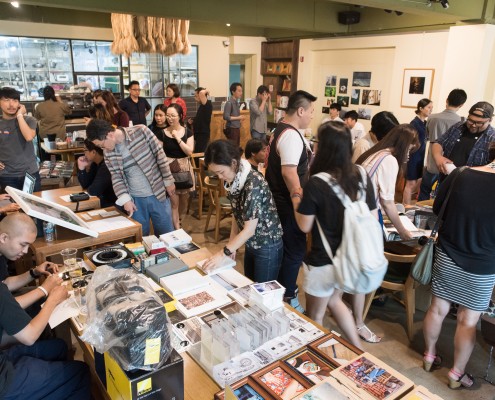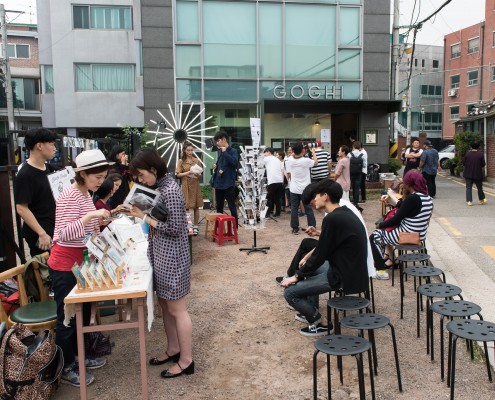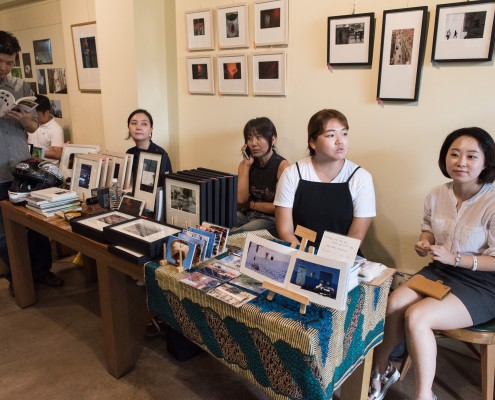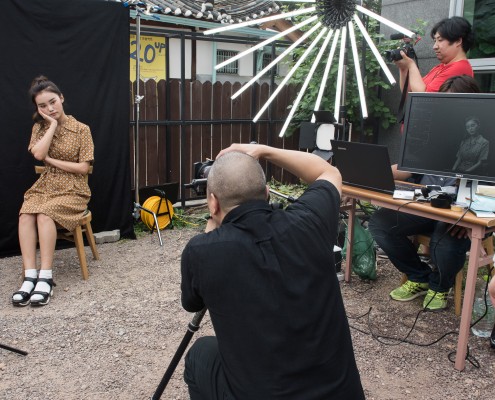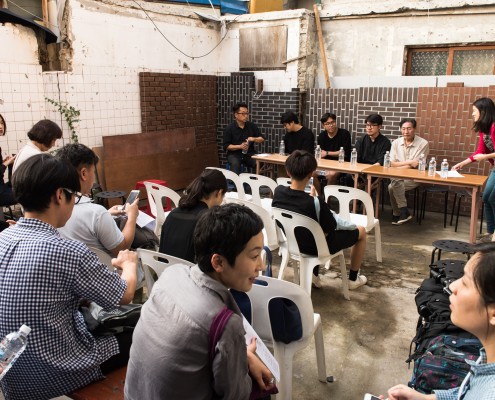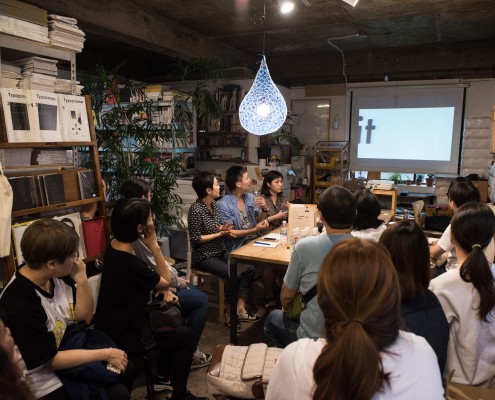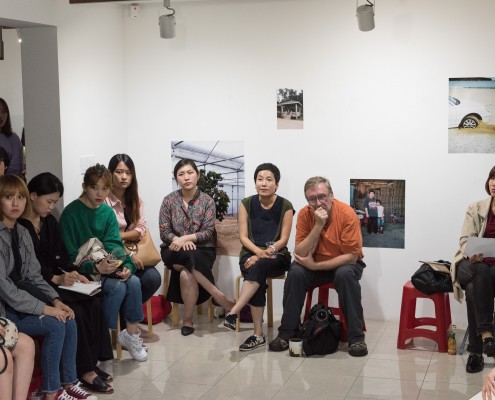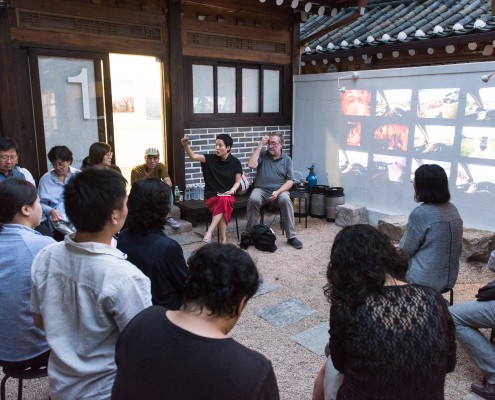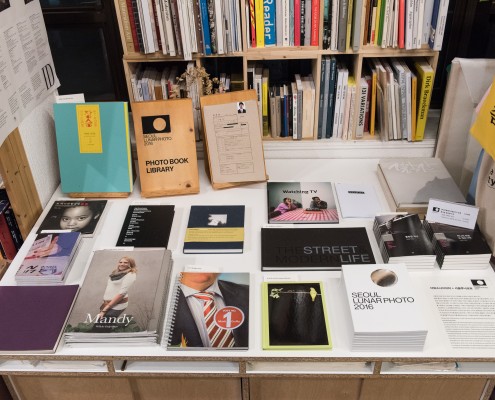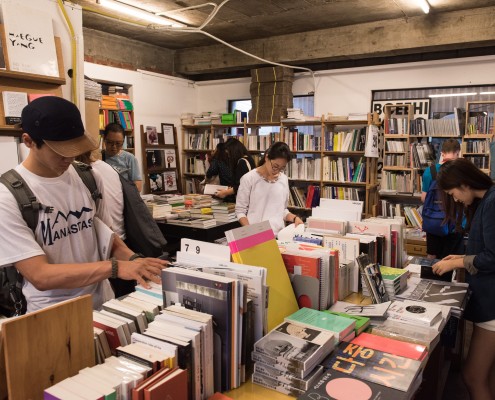우리 시대는 왕이나 귀족이 통치하던 시대와 달리 국가가 인민을 통치한다. 물론 민주주의라는 외피를 쓴 국가는 자신의 주권이 인민에게 있다는 것을 강조한다. 인민 한 사람 한 사람의 집합체로서, 국가는 인민의 것이라 말하지만 사실상 이는 그릇된 진술이다. 왜냐하면 국가는 인민의 것이 아니라 계급적대적인 상황을 봉합하는 기능을 하기 때문이다. 레닌에 따르면 “국가는 계급들의 화해 불가능성의 산물이자 표현이다. 국가는 계급대립들이 객관적으로 화해될 수 없는 곳에서, 객관적으로 화해될 수 없을 때에, 객관적으로 화해될 수 없는 한에서 생겨난다. 바꿔 말하면, 국가의 출현은 계급대립들이 화해 불가능하다는 사실을 입증해주는 것”(『국가와 혁명』, 레닌, 16p)이었다. 레닌이 진술한 것처럼 국가의 출현은 계급 간 대립을 억제할 필요에서 생겨났고 동시에 계급 간 충돌 속에서 생겨났으므로, 경제적으로 지배적인 계급의 것이 되었다.
지금 우리가 마주하고 있는 국가는 결국 정치경제를 지배한 자들의 것이자 그들의 질서를 공고히 하는 이데올로기적 장치로 기능한다. 따라서 아무리 국가가 민주주의를 걸치고 있다고 하더라도 그것은 현질서와 체제를 옹호하는 것으로 기능한다. 그래서 “민주주의는 다수에 대한 소수의 복종과 동일한 것이 아니다. 민주주의는 다수에 대한 소수의 복종을 인정하는 국가, 즉 한 계급이 다른 계급에 대해, 주민의 일부가 다른 일부에 대해 체계적 폭력을 사용하기 위한 조직(『국가와 혁명』, 레닌, 139p)”이라는 레닌의 진술은 의미심장하다. 이처럼 민주주의 또한 국가의 질서를 정당화하는 도구가 될 때, 민주주의의 진정한 정신을 내포할 수 없다. 현재의 국가는 표면적으로 민주주의라는 정치제도를 보유하고 있지만, 자본주의라는 경제체제를 떠받드는 권력 기구로서 자본과 한몸이 되어 인민을 통치한다.
이처럼 국가가 자본의 운동을 견인할 때, 인민은 한낱 인적자원에 지나지 않는다. 인민을 국가의 발전 혹은 자본가의 자본을 증식하기 위한 도구로 규정한다면, 인민은 현질서에 복무하고 체제 유지에 일조한다는 점에서 자유롭지 못한 존재가 된다. 그러나 다른 한편 인민은 이 사회를 견인해내는 또 다른 이름이기도 하다. 한국사회에서 인민이라는 말은 억압되고 왜곡되어 왔고 지금도 수면 아래 있는 이름이다. 하지만 그 이름의 문제를 떠나 인민이라는 존재는 계속해서 존재해왔고 지금도 사라진 존재들이 아니다. 인민은 국가-자본에 순응하는 듯 보이지만 여전히 국가-자본에 적대하는 존재라는 사실은 부정될 수 없다.
이러한 인민의 존재를 구체화한다는 것, 특히 미술의 언어로 구현한다는 것은 쉽지 않다. 인민을 재현한다는 것에 대한 필연성이 없을 때, 그것은 유효하지 않은 전제가 되기 때문이다. 1980년대 한국미술에서 민중으로 그려졌던 인민은 역사적 변화에 대한 반응이었다. 그들 예술가들이 재현하고자 했던 인민의 모습은 허구일 수도 있지만 실체이기도 했다. 국가 발전이라는 이름으로 그 어떤 희생마저도 정당화되었던 시대를 지나 인민이 역사의 주체로서 모습을 드러냈을 때, 미술이 그것을 마주하는 것은 필연이었다. 당시 민중미술에서 인민의 모습이 착취와 억압으로 희생되는 모습으로 그려졌든 혹은 어떤 변화를 동인하는 낭만적이고 실존적 모습으로 그려졌든 그 모두 현실에 존재하는 인민의 모습이었다. 이제 그러한 힘을 갖는 인민의 모습을 미술의 장에서 발견하는 것이 쉽지 않다. 사회의 변화와 함께 미술의 언어가 다양화되고 분화되면서 예술가 개인에게 현실 세계가 침잠하는 동안, 그 개인의 내면을 통해 드러난 세계의 모습에서 사회의 명증한 상과 그 내부를 만들어가는 사람들의 모습을 찾는 일은 요원해졌기 때문이다.
이 전시 <추적자; 그들은 너무도 사랑했다>는 미술가가 사랑했던 인민 혹은 인민을 사랑했던 미술가를 가시화하는 전시이다. 정치적, 경제적, 사회적으로 규정된 인민에 대한 전제는 깔려 있지만 실질적으로는 예술가들이 마주한 인민의 모습을 미술의 언어로 드러낸다. 먼저 참여작가 서평주, 이우성, 홍진훤은 특정한 시간과 장소에서 만났거나 관찰했던 인민을 추적하여 그림을 그리거나 사진을 찍거나 영상으로 담아낸다. 또한 이 전시에서는 신학철의 1980년대 이후부터 2000년대 초반의 작품을 기반으로 한 아카이브 형태의 전시를 병행한다.
신학철은 1980년대 이후 자신의 조형언어와 사회정치적 입장을 완전히 바꾸었으며, 이제 일군에서는 80년대 민중미술을 대표하는 작가라는 칭호를 얻고 있다. 하지만 이 전시에서 신학철이라는 작가의 이름을 빌려 80년대 민중미술을 복원하거나 정당화하려는 것은 아니다. 작가는 수탈당하고 수난당한 인민에서부터 역사적 주체, 소시민으로서의 인민 등 자신이 마주한 인민을 여러 방식으로 표현했고, 이 전시에서는 그의 작업과 인민에 대한 현재적인 반응에 초점을 맞춘다. 한편으로 서평주, 이우성, 홍진훤 작가의 기존 작업이 인민에 대한 구체적인 상을 재현하였다고 볼 수는 없다. 서평주가 한국근현대사를 통해 관철되었던 국가의 폭력과 권력을 비판적 읽어내고자 했다면, 홍진훤은 자본과 권력의 힘에 밀려나간 사람들에 관심을 두면서 그들이 사라진, 부재의 풍경을 카메라에 담았다. 이들과 달리 이우성의 작업은 자신의 삶과 자신 주변의 이야기에 초점을 둔 좀 더 개인적인 서사를 재현하고 있다. 이들 작업의 방향은 다르지만 이 전시에서는 인민이라는 주제어를 바탕으로 모종의 공통된 지점을 찾고자 한다.
이 전시는 세 명의 젊은 작가 서평주, 이우성, 홍진훤의 작품과 신학철 작가의 작업을 통해 인민을 마주하려는 예술이 불가능하지 않다는 것을 드러내고자 하며, 여전히 현실에 존재하는 인민을 현재화하고자 한다.
글. 신양희 객원큐레이터
< Chaser: They Seriously Loved >is an exhibit that visualizes the existence of the people. When the state assumes the role of both capitalism and the capitalist, the logic of such system demands that the people always be the victim. Of course, the people are not completely innocent, as they also struggle with the duality of serving and contributing to maintaining the current order. Bringing awareness of this reality in terms of class is a task not so easy. Just as class is not a naturally occurring entity, so is class awareness. Still, one cannot deny that, in terms of class conditions, the people is posited hostile to the state/capital—the state/capital and the people are positioned in a hostile relationship which is fundamentally irreconcilable in a capitalist system.
If we keep in mind that art is wholly integrated into the state/capital, it is difficult for art to face the revolutionary nature of the people while claiming to be its friend. Despite this quandary, the exhibit attempts to show the possibility an art that can, in fact, be reconciled to this mode of existence called ‘the people’ as well as its movement. How does the artist love the people? The participating artists Seo Pyeungjoo, Lee Woosung, Hong Jinhwon, traces the image of the people as the artists have encountered in their own lives. This could be in the form of a specific event or personal experiences projected, but it is essentially to find some kind of sameness in their relationship with people, In parallel with this is another, archival exhibit of the works of Shin Hakchul who strived to bring into his canvas the lives of the people post-1980. The archival exhibit will explore the people, held dear by Shin, were represented in his body of works.
This exhibit as a whole is to bring the people—still alive and active—in the present tense.

